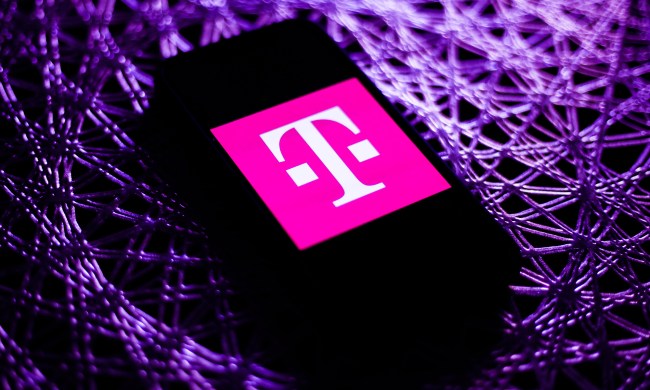For the first time in PCMag’s 12 years of testing mobile networks in the United States, T-Mobile has been named the fastest mobile network. With average download speeds of 162.3Mbps, T-Mobile greatly outperformed the competition in most cities. After years of lagging behind, how did T-Mobile turn it around?
Investing in C-band
In the race to provide 5G service, the major carriers pursued different strategies. Verizon and AT&T expanded their use of mmWave, a band of spectrum that provides high speeds but doesn’t travel far. Indoor places with heavy traffic like airports are perfect for mmWave, but it’s unsuitable for outdoor broadband, especially in less-populated areas like the rural stretches between cities.
What did T-Mobile do differently? It bought Sprint. The acquisition gave T-Mobile access to a cache of midband airwaves, increasing their capacity to offer 5G service. T-Mobile was the only carrier with nationwide 5G that was considerably faster than 4G. In cities like Chicago, Las Vegas, New York, and Tucson, Arizona, T-Mobile

What about the competition?
Verizon and AT&T showed a decline in overall speed, but that’s probably about to change. Those two companies spent almost $70 billion on C-band licenses at a Federal Communications Commission (FCC) auction in February 2021. They’ll begin deploying 5G on that spectrum starting in December.
T-Mobile’s 5G service was the fastest overall, but its coverage is lacking in small cities and rural regions. AT&T outperformed T-Mobile in those regions, particularly in the Northwest and the Carolinas. AT&T’s average download speed was 98.2Mbps, much slower than T-Mobile’s, but that doesn’t make a difference if T-Mobile doesn’t provide coverage in your area.
At 93.7Mbps, Verizon’s average download speed was slightly lower than AT&T’s. The company bought more C-band licenses than any other, so it’s poised to offer faster speeds in the near future as it rolls out 5G service.
If you haven’t already upgraded to a 5G phone, it’s going to be worth doing soon regardless of which carrier you use. The difference between 4G and 5G has been underwhelming, but T-Mobile’s win proves that midband



